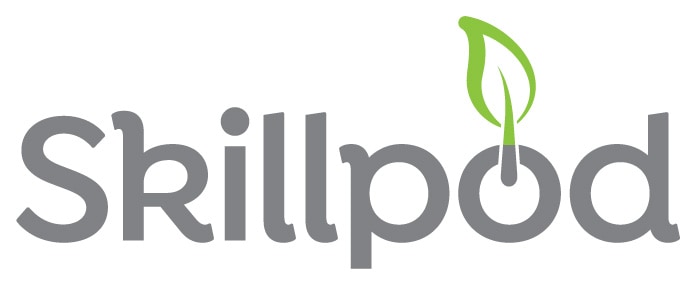Are you making the most of onboarding to support your bottom line?
Research shows that a positive induction experience increases new-hire retention rates by 82% and also increases productivity by 70%.
Getting people to stick around is crucial to business success and growth. Stats show that the true cost of replacing someone lies anywhere between 90-200% of their salary. With 31% of new hires leaving within 6 months (and 68% of those leaving within the first 3 months), losing people is clearly very expensive and a big barrier to growth.
Staff induction or onboarding is the process of introducing and familiarising a new hire to their new workplace. It’s the series of events which starts from when an employment offer is accepted and continues for weeks or even months. More and more it is seen as a two process that is key to engaging and retaining staff.
Staff induction can also make a considerable difference to your bottom line.
What does your staff induction process say about your business?
Staff induction is a reflection of your company values. It’s the first learning experience a new hire has and is the start of their learning journey at their new workplace.
It provides their first insight into what the company they have joined is really like – as opposed to what they were told about it – and sets the tone for what the employee can expect down the line in terms of their work experience. From a manager’s perspective, staff induction is the opportunity to make a good first impression and reinforce that the new hire has made the right decision in joining the team. It’s the opportunity to say we:
- are professional
- care about your experience here
- want you to be successful and happy here
- will ensure you have the tools to succeed
And perhaps most importantly, we want you to stick around.
What do new hires want in staff induction?
“How an employee initially perceives a company in terms of opportunity has a huge impact on how long they’ll stay”
Michelle Hoover – Principal at Baem Leadership
It’s time to re-think the induction conversation.
Long gone are the days where staff induction was a quick once-over of HR documents and setting up the new email account. More than anything else, new staff want to be engaged and to feel a personal connection to the company.
Although important, money is not necessarily their main reason for joining. Job offers are increasingly being accepted for the opportunities to develop skills through on-job training. This all begins with induction, the first bit of training a new hire undertakes.
These 4 things are what new hires most want from an induction experience.
- A clear understanding of their job expectations
Key roles and responsibilities should be thoroughly covered in a decent job description, but certainty around job expectations go beyond this. New hires want clear and detailed parameters of what is expected of them. They want to know what good work looks like and how they will be appraised for their work. This obviously doesn’t get covered in the first day or even week – but the sooner a new hire knows what is expected of them the better.
2. To learn about the company culture
Being able to do your job well goes beyond understanding what you need to do. It’s also about understanding the wider company culture that you have now joined.
Questions like the following will help build a picture of company culture.
- How are people managed here?
- How do individuals and teams interact with each other?
- What is the dress code like?
- What qualities are most valued by the company?
- Does this company have a learning culture?
- How is professional development and training put into practice
3. To connect with their team
Getting to know the people you will be working with, even if you or they are working remotely, is a hugely important part of the induction process.
No one wants to be sitting alone wading through a pile of documents when they start a new job. A new hire wants to start building relationships as early as possible and become attuned to their team. Again, you and/or your team don’t need to be physically present in the same place to start building a connection.
An important part of any induction programme, online induction modules can also be a great way to bring together a team who work remotely and build connections between members.
4. To get on with the job.
New employees want to feel engaged from the outset. They don’t want to spend a week reading or listening about their job – they want to be doing it! While induction clearly requires that context and familiarity be gradually built up, the best way to learn is by jumping in.
With the right support of course.
The importance of clarity and flow during induction
Induction is about giving a new employee the right flow of information, guidance and opportunities to learn.
Let’s start with information. Information needs to be clear, relevant and given in a way that doesn’t overwhelm.
Chunking information is a good way to do this.
Don’t give everything at once – instead think about what the new hire needs to know at the very start to get on with the job as opposed to what they can read, hear about or discuss later on. Is there information that would be helpful to share before their planned start day to make the experience not so overwhelming?
Make sure your information is concise.
It’s also important that the information you give out is current. Workplaces are constantly changing and employee manuals, organisational charts and company policies need regular revision to be of any use.
Guidance needs to be measured.
Having someone available to show you the ropes on your first days or weeks makes a huge difference. Again it’s important not to go overboard. It’s about having someone be present (in person or online) to help and answer questions but to also give the new hire the opportunity to explore and learn independently.
As with most things in staff induction, it’s about getting the mix right.

